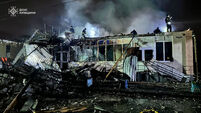Irish Examiner view: Ireland must take action on this escalation in racist attacks
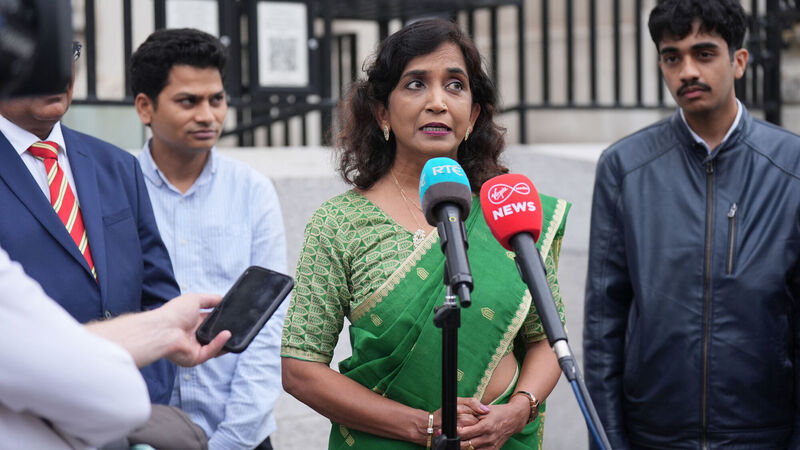
Aparna Shukla of the Ireland India Council speaking to the media after a meeting with Tánaiste Simon Harris at Government Buildings in Dublin. Picture: Niall Carson/PA
The recent spate of attacks on members of the Indian community in Ireland has rightly shocked Irish people unused to experiencing the naked hatred illustrated by such behaviour.
On Monday, Tánaiste and foreign affairs minister Simon Harris met members of the 80,000-strong Indian community in Ireland to express his horror and disgust at recent attacks but the unease within that community at the outbreaks of violence against them is palpable and growing.
While he tried to assure them that as the attacks are racially motivated, they will not be allowed to continue, his words may not stem the reputational damage being caused to Ireland.
The attacks have left a data scientist, a taxi driver, and a sous chef with, respectively, a broken cheekbone, 12 stitches, and in need of hospital treatment.
That was bad enough, but when a soon-to-be tech worker was beaten, stabbed, robbed, and partially stripped in Tallaght, newly anti Indian sentiments took on a more sinister tone.
And when a six-year-old Irish Indian girl was attacked by a group of boys twice her age in Waterford last week, the matter became even more grave.
The reaction in India itself has been swift and sharp. Rarely does Ireland feature much in the Indian media, but these attacks have attracted much press attention and, according to the Department of Foreign Affairs, caused “damage” to the State’s reputation there.
What we have witnessed in recent weeks is an alarming escalation in the frequency and brutality of attacks on Indian people and it must not be tolerated.
That Indians, or any other race for that matter, in Ireland have become fearful for their safety is not acceptable.
Irish authorities must act decisively, rapidly, and visibly to prevent any normalisation of hate crimes such as those we have witnessed, otherwise our reputation as a safe and hospitable society risks losing credibility.
Much as the horror of what has been unfolding in Gaza in recent weeks, where it has become normal for crowds of starving Palestinians to be routinely shot at and killed by members of the Israel Defence Forces (IDF), the deliberate targeting of journalists was another new low.
The killing of Al Jazeera news anchor Anas Al-Sharif and four members of his team brought the number of Palestinian journalists killed in the conflict to 186, of whom 178 were Palestinian reporters killed by Israel.
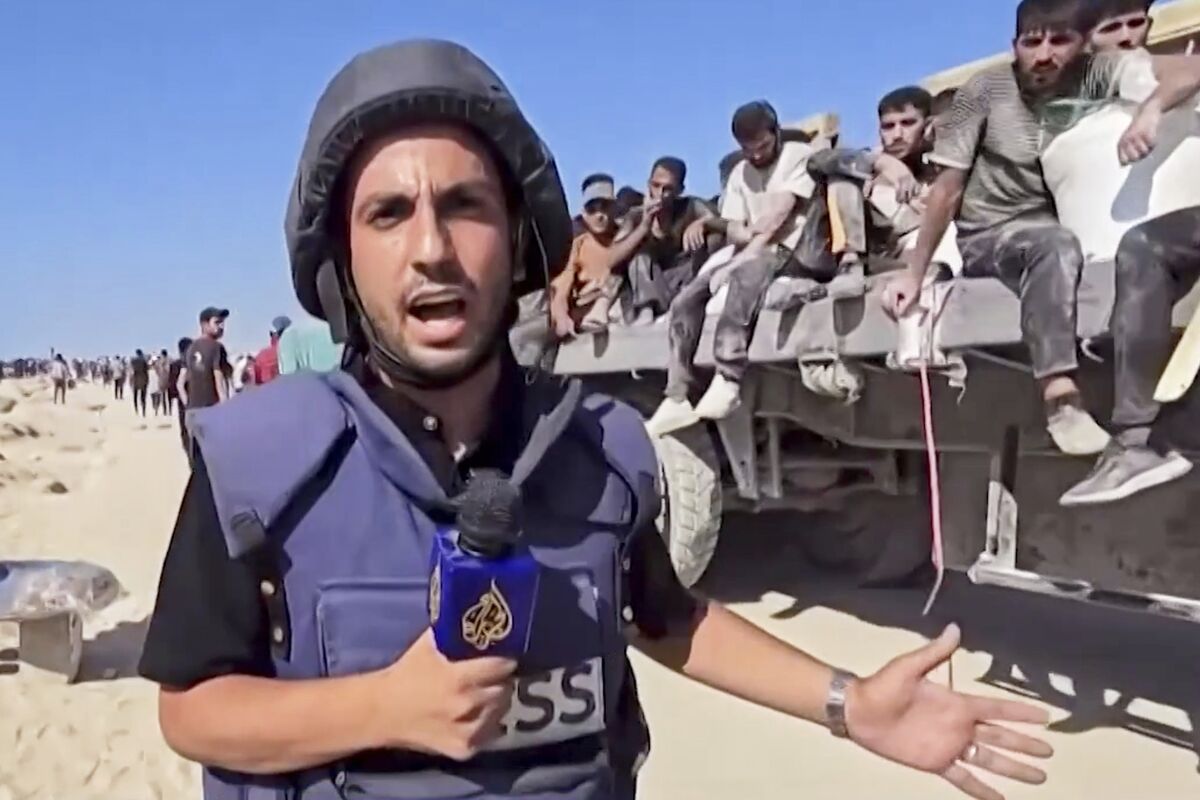
Although these figures are piffling by comparison with the horrifying numbers of civilian deaths, reporting on the conflict has, over the course of the 22-month Israeli onslaught on the 2.3m people in Gaza, become a deadly business.
With no foreign journalists allowed to enter the territory by Israel to report independently, coverage has been left to Palestinian journalists who are under the same threat of personal targeting and must endure the same conditions as other civilians.
Anas Al-Sharif was the recipient of Amnesty International Australia’s Human Rights Defender Award in 2024 for his “resilience, bravery, and commitment to press freedom while working in the most dangerous conditions”.
It was not just dangerous for him. His father was killed, his house bombed, he was under continual threat of being targeted by the IDF.
Those Palestinian journalists who have braved the Israeli onslaught have to endure aerial bombing, drone attacks, shootings, and forcible relocation. They face the same daily scramble for food and water supplies — not to mention accommodation — as everyone else in the territory.
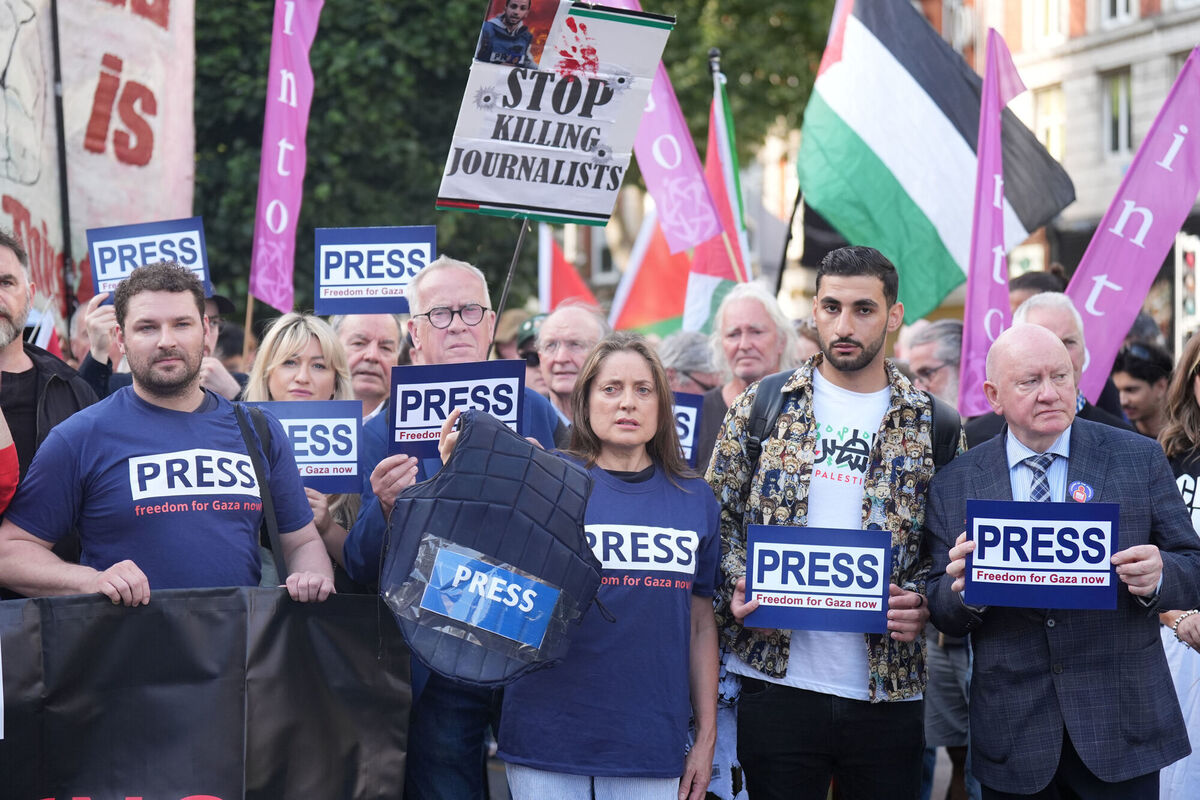
The accusation from Israel that Mr Al-Sharif was a Hamas operative can be considered as little other than another cheap shot from an administration in Tel Aviv trying desperately to justify its increasingly genocidal intentions.
In his last post from Gaza, Mr Al-Sharif decried the world’s failure to stop the “massacre”.
Sadly, he is now just another number in the litany of the dead.
Donald Trump’s shadowy diplomacy is once more in danger of leaving Ukraine on the outside looking in, when he meets with Vladimir Putin in Alaska next Friday to discuss ending a war the Russian president started.
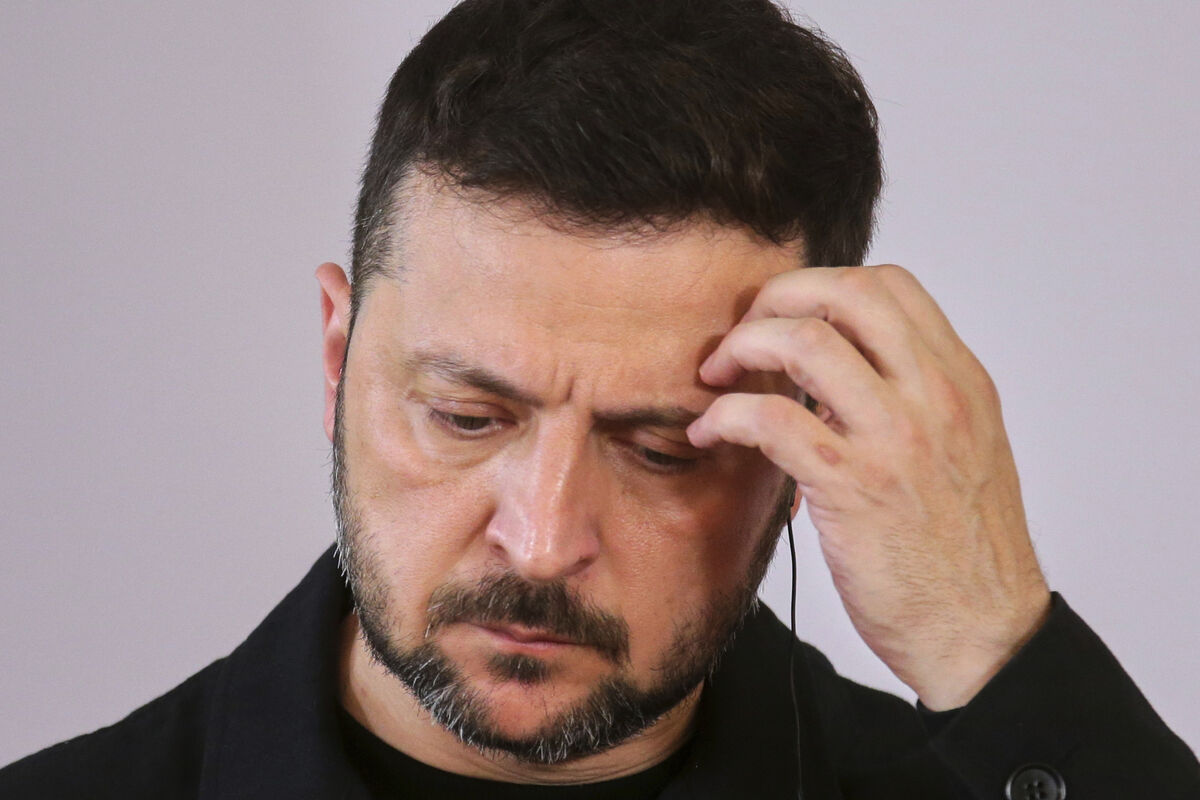
What is widely understood, at this point of the conflict, is that ending it is fully in the US president’s hands, but his unwillingness to impose the necessary sanctions on Moscow up until now suggests the Alaska talks will end up being a diplomatic coup for the Kremlin.
Already, Trump’s shift from frustration with Putin’s intransigence on stopping deadly air raids on Kyiv and other Ukrainian cities, to wanting to sit down and talk through conditions for ending the conflict, appear to have dealt the winning cards to Putin. The softened White House rhetoric on sanctioning Russia to a punitive degree has not eased Moscow’s increasingly vituperative stance on Ukraine being included in the Alaska summit.
What Russia wants is a deal on its terms — agreed to by Washington and Moscow, and imposed on Ukraine. That the significance of a trilateral meeting is being actively downplayed by Moscow underscored the importance both warring factions attach to meeting Trump first, and the perceived benefits such a situation would confer.
Russia has, since Trump’s election, pressed for a US-Russia deal to end the war on their terms and deliberately cold-shouldering both Ukraine and the rest of Europe. The worry now is that, for all his talk of “disgusting” air raids on Ukraine and his description of Putin as “crazy”, Trump has yet to put any pressure at all on Russia.
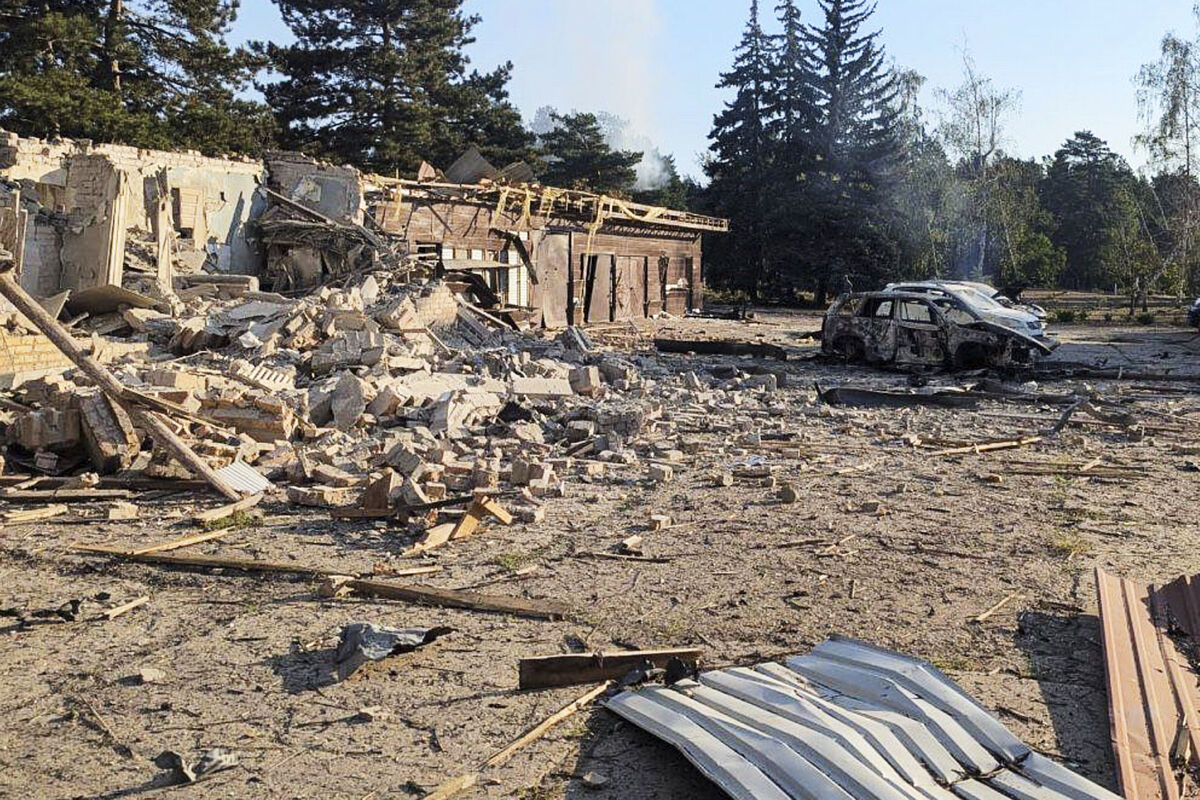
The fear is that Ukraine will be sidelined from the Alaska summit and Putin, yet again, will walk away with an agreement which will not deliver any kind of just, sustainable, or lasting peace. The Trump administration cannot allow that to happen.
If Putin manages to keep Trump on the negotiating merry-go-round, it will not be in America’s best national interests, nor those of Kyiv.





